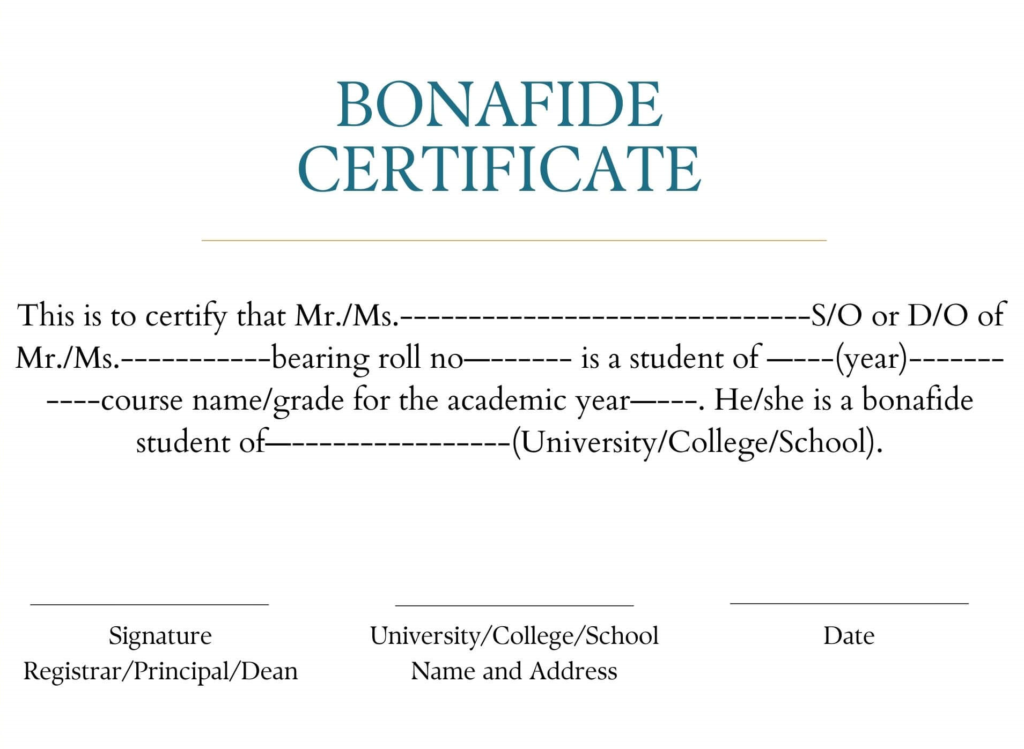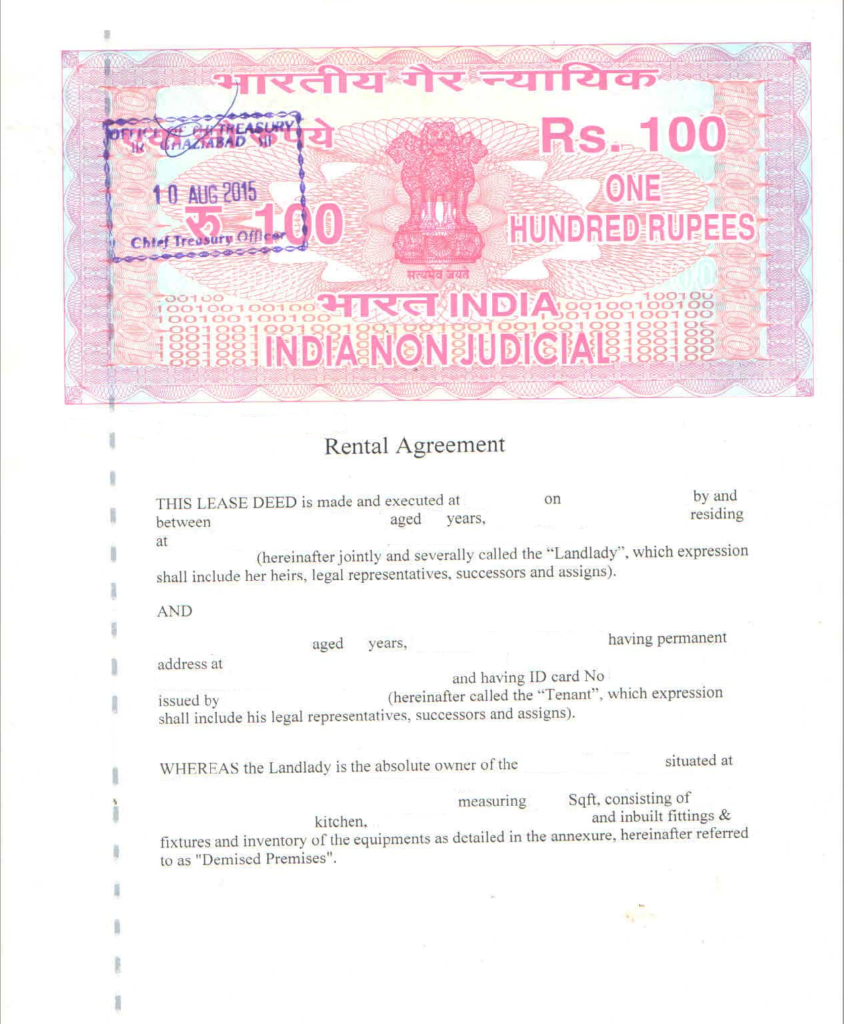Relieving Letter : Complete Guide with Format and Sample
Relieving letter is a type of official document provided to an employee on resignation confirming that he/she has been relieved of duty. Relieving letters are often requested by the new employer to ensure that the employee completed his/her notice period and left the previous employer after completing all necessary formalities. Relieving letters are mostly addressed […]



